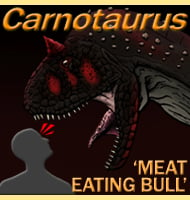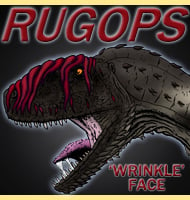Carnotaurus
In Depth While Carnotaurus had the standard theropod morphology of a bipedal animal with large head and small arms, it still possessed a number of features that made it quite unique among the large theropods. One such feature is the arms, which are not just small like you would expect, but are positively tiny. Further … Read more

